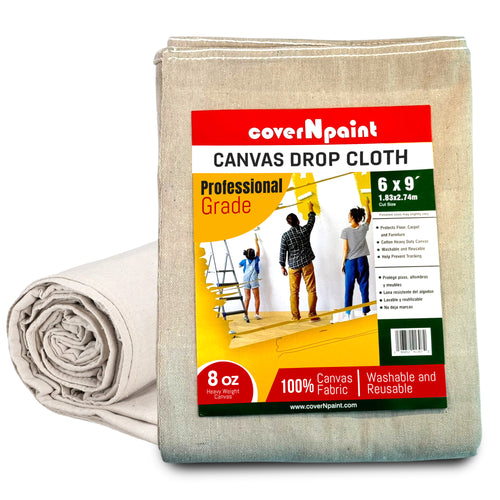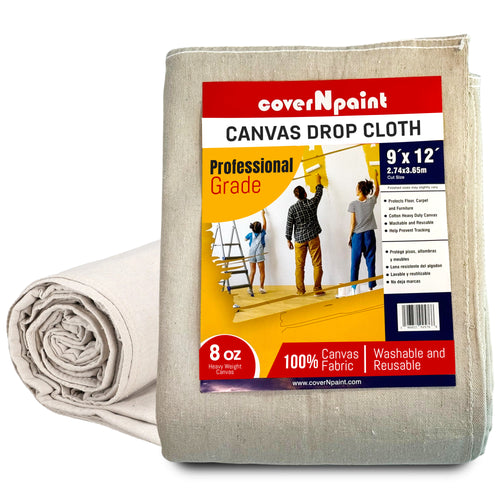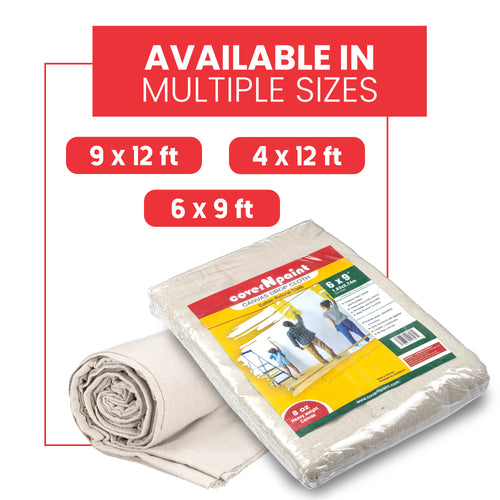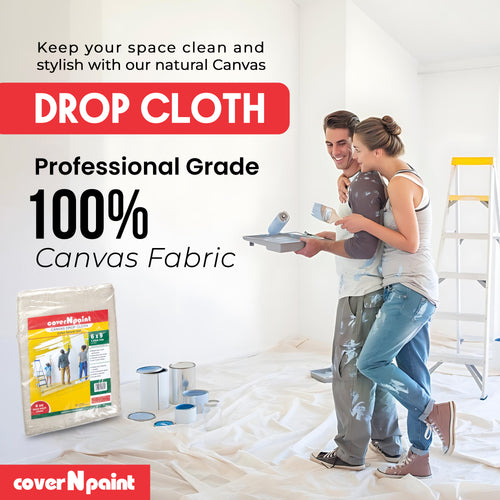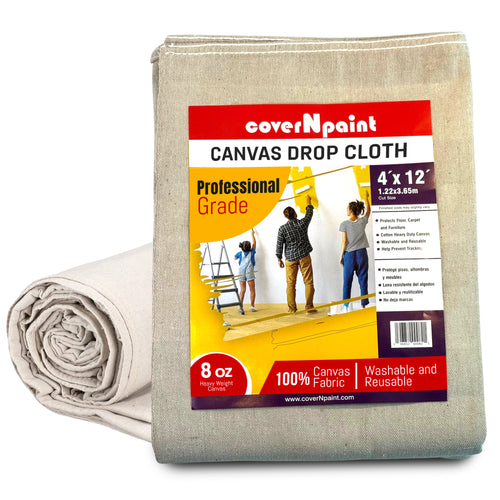When you’re working with tools, efficiency and safety are everything. Whether you’re a carpenter, electrician, mechanic, plumber, welder, painter, or DIY professional, a tool apron isn’t just a wearable storage accessory it's a productivity system.
A tool apron helps you organize tools, reduce downtime, improve movement, and protect yourself during repetitive or physically demanding work. But not all tool belts and aprons are built the same. A poorly designed apron can cause back pain, slow you down, and even damage your tools.
This guide explains the Top 10 Features Every Professional Tool Apron Should Have so you can pick the perfect tool belt apron or tool apron belt for your trade.
Quick Summary (Featured Snippet Friendly)
A professional tool apron should offer:
Durable material
Reinforced stitching
Comfortable weight distribution
Adjustable fit
Organized pocket layout
Safety features
Tool accessibility
Waterproof or resistant lining
Secure tool holders
Long-term usability
1. Heavy-Duty Material (Durability Comes First)
The foundation of a high-quality tool apron is the material. Professionals need something strong, long-lasting, and resistant to wear and tear.
Best materials include:
-
Canvas tool apron – Tough, breathable, and washable
-
Leather tool apron – Extremely durable and high load-bearing
-
Polyester/Nylon blends – Lightweight and water-resistant
If you need long-term use, choose canvas or leather. Nylon is great for light mechanical work.
2. Reinforced Stitching At Stress Points
A tool apron fails when pockets rip or straps tear. That happens because many cheap belt aprons lack reinforcement.
Look for:
-
Double or triple stitching
-
Bar-tacked stress points
-
Riveted corners on high-use pockets
This ensures your apron can handle heavy tools like wrenches, pliers, hammers, and tape measures without tearing.
3. Smart Pocket Layout (Efficiency Matters)
Pocket layout is everything. If you’re constantly searching for tools inside your apron, it kills your workflow.
Ideal Features:
-
Deep main pockets for nails, screws, and hand tools
-
Dedicated tool slots for screwdrivers, chisels, pliers
-
Front access pockets for fast reach
-
Zipped pockets for small essentials like bits and fasteners
-
Hammer loop and tape holder for carpenters and builders
A tool apron must help you move faster, not make you dig around like a toolbox.
4. Weight Distribution & Comfort
Comfort is one of the most important but ignored features. A tool belt apron or apron belt that puts all weight around your waist causes back pain and fatigue.
Best option: A cross-back strap design. It spreads weight across shoulders and hips instead of pulling on your lower back.
Look for:
-
Padded shoulder straps
-
Wide waist belts
-
Adjustable strap system
-
Chest and waist stabilizers
5. Adjustable And Custom Fit Design
Every person has a different build. Your apron should adjust to your body size and work movement.
Adjustment points to look for:
-
Shoulder strap adjustment
-
Waist belt adjustment
-
Chest buckle adjustment
-
Side strap flexibility
A customizable tool apron belt allows long work hours without feeling tight or awkward.
6. Secure Tool Holders
Tool security is a safety requirement—not a luxury. Dropped tools can injure you or damage surfaces.
A professional apron should include:
-
Hammer holder loop
-
Metal tape measure clip
-
Wrench holders
-
Magnetic strip (optional) for screws
-
Knife or blade slot (with safe cover)
7. Water & Dirt Resistance
Whether you're on a construction site or a paint job, your apron must handle mess.
Look for these options:
-
Waxed canvas tool apron (water-resistant)
-
Poly-coated interior lining for spill control
-
Oil-resistant fabric for mechanics
This protects your clothing and prevents mold or odor buildup over time.
8. Safety Features
A professional apron should also include safety considerations:
-
Reflective straps for low-light job sites
-
Flame-resistant options for welding
-
Secure buckle system
-
Knife/shears holster to prevent cuts
-
Quick-release buckle for emergencies
Safety is productivity—when you’re confident in your setup, you work faster and smarter.
9. Multi-Trade Versatility
A great apron adapts to the trade, not the other way around. Some aprons allow modular configurations—perfect for pros who do multiple types of jobs.
Examples:
-
Carpenters: heavy-duty leather + hammer loops + large pouches
-
Electricians: zipped pockets and insulated slots
-
Painters: lightweight canvas with brush holders
-
Welders: fire-resistant leather
10. Built For Long-Term Use
A professional apron must survive years of job site abuse.
Look for:
-
Replaceable straps
-
Rust-proof buckles
-
Machine washable (canvas)
-
High load capacity
-
Durable water-resistant fabric options
A well-built tool belt apron is an investment—not a disposable accessory.
Quick Comparison Table
|
Feature |
Professional Grade |
Cheap Apron |
|
Material |
Canvas/Leather |
Thin Polyester |
|
Stitching |
Double Reinforced |
Single Stitch |
|
Comfort |
Cross-back Straps |
Waist Only |
|
Load Support |
High |
Low |
|
Safety |
Secure Buckles |
Weak Clips |
|
Durability |
3–5 Years |
2–4 Months |
|
Pocket Layout |
Tool-Specific |
Generic |
Curiosity Insight – What Most People Miss
One overlooked feature of a tool apron is tool balance. Professionals who reposition just three frequently used tools to their dominant side save almost 45 minutes every week in reach time. Small layout changes lead to big productivity gains. Brands like coverNpaint USA recommend testing tool placement before long work sessions to prevent fatigue and shoulder strain over time.
FAQs
Q1: What is the difference between a tool apron and a tool belt apron?
A tool apron covers the chest and waist for full storage, while a tool belt apron stays around the waist only.
Q2: Is a canvas tool apron better than nylon?
Yes, canvas is more durable and safer for heavy hand tools. Nylon is lighter but best for light-duty work.
Q3: How should a tool apron fit?
It should be snug but not tight. Weight should be balanced across the body with adjustable straps.
Q4: Can I wash a canvas tool apron?
Yes. Most canvas aprons are washable. Spot clean leather aprons instead of machine washing.
Q5: Which tool apron is best for carpenters?
A heavy-duty apron with hammer loops, deep nail pockets, and cross-back straps is ideal.



